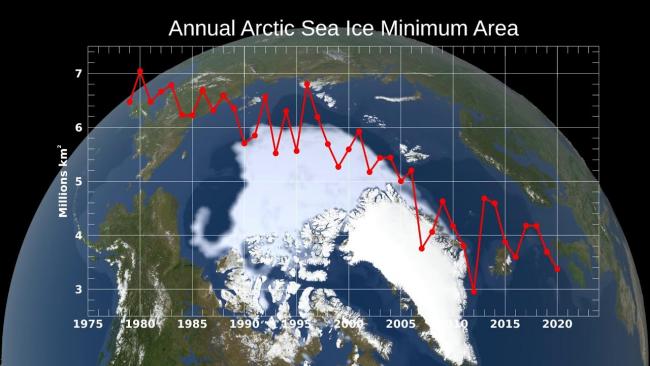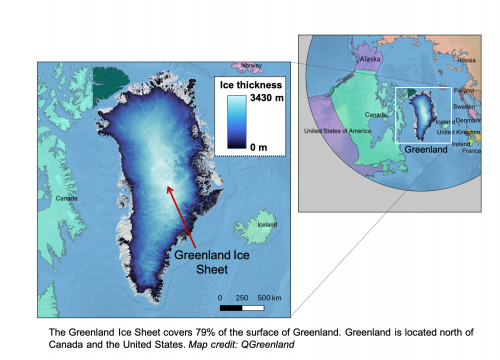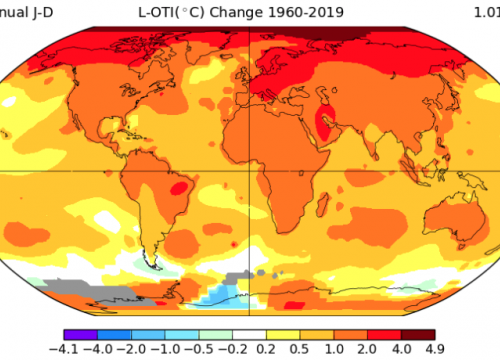Data Puzzle: To Reflect or Not to Reflect
The color of Earth's surface determines how much of the Sun's energy is reflected or absorbed, where lighter-colored surfaces are more reflective (higher albedo). In this Data Puzzle, students analyze authentic Arctic data to construct explanatory models for the following question, "How might the Arctic’s albedo be affected by the observed decline in sea ice?"
Why does this matter? Scientists know that lighter colored surfaces (e.g., white) have a higher albedo (more reflective) than darker colored surfaces (e.g., black) and predict that the decline in the light colored sea ice will cause the albedo of the Arctic to decrease as well. Scientists like Dr. Jen Kay (featured in this Data Puzzle) worry that if the albedo of the Arctic declines, energy that used to be reflected will be absorbed and lead to increased warming in the Arctic.
Context for Use
This Data Puzzle is part of a larger collection of Data Puzzle resources that combine classroom-friendly datasets with Ambitious Science Teaching practices to help students make sense of phenomena!

Arctic sea ice minimum extent for each year from 1979 through 2019. Watch NASA’s Arctic sea ice data visualization.
Goals Header
What Students Will Do
- Analyze and interpret Arctic albedo (energy) data to evaluate the effect of declining (change) sea ice on the Arctic system.
- Construct conceptual models to explain how declining sea ice is changing the Arctic’s albedo (energy).
Teaching Materials
Description
Days 1-2
Part 1 (30 minutes) Eliciting Students' Ideas
- Students work collaboratively to observe and explain an opening scenario related to snow blindness.
Part 2 (50 minutes) Identifying Important Science Ideas
- Students engage with an interactive reading to 1) identify similarities between the snow blindness scenario and the work of Dr. Jen Kay, an atmospheric scientist who studies the Arctic energy budget, and 2) make a prediction it relates to Jen Kay's research question, "How might the Arctic’s albedo be affected by the observed decline in sea ice?"
Part 3 (40 minutes) Supporting Ongoing Changes in Thinking
- Students test their prediction about the impact of declining sea ice on the Arctic's albedo by analyzing sea ice extent and Arctic albedo datasets captured by instruments aboard NASA satellites.
Day 3
Part 4 (60 minutes) Constructing Evidence-Based Explanations
- Students reflect on evidence gathered during parts 1-3 and construct a final explanatory model for the question, "How might the Arctic’s albedo be affected by the observed decline in sea ice?"





